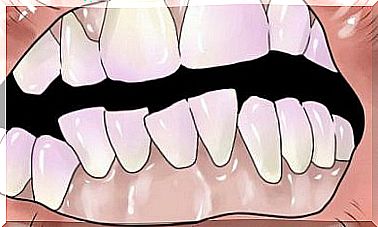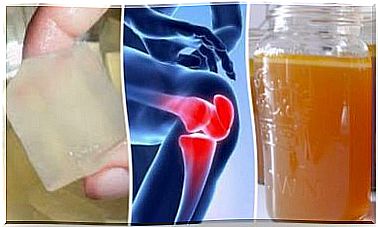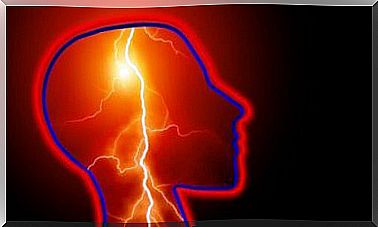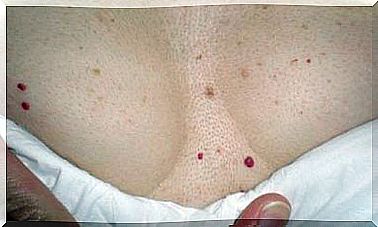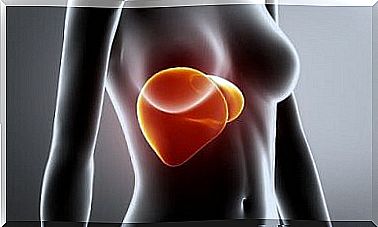Infection With Tapeworm: Symptoms, Causes And Treatment

Infection with tapeworms in the intestines is common among people who eat raw beef or pork. According to information published by the World Health Organization (WHO), taeniasis (the medical name for this parasitic disease ) causes digestive discomfort and neurological complications in the most severe cases.
How does the infection take place? What are the types of tapeworms that affect humans? These and other questions may come up when talking about this parasite.
Below we will take a closer look at the most relevant aspects of this parasite.
How to get the parasite
Taenia is a genus of parasitic flatworms in the cestoda class. They are extracellular endoparasites because they live inside the host, but they do not work at the cellular level, as is the case with viruses.
They have a complex life cycle and depending on the stage that causes the condition, two diseases can occur in the infected person.
- Adult tapeworms produce taeniasis when they settle in the intestines of the final host.
- Like larvae and juveniles, they produce cysticercosis, which is an even more serious condition that occurs when these are localized in various organs and tissues of the affected person.
In the adult form , tapeworms are shaped as clearly segmented and flat worms. In their head or scolex, they have a series of hooks that allow them to attach their oral apparatus to the patients’ walls in the intestines and nourish the food that passes through them.
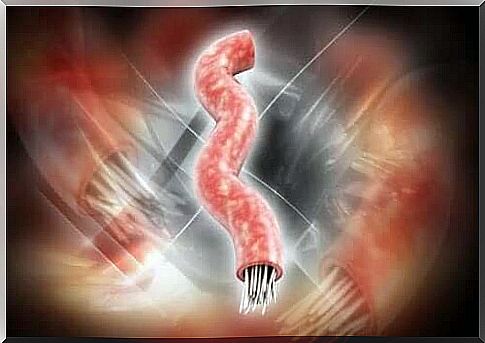
A complex cycle
According to the Centers for Disease Control and Prevention (CDC), the human tapeworm is caused by three species:
- Taenia saginata or bovine tapeworm.
- Taenia solium or swine tapeworm.
- A species of Asian origin, taenia asiatica.
It is important to emphasize that humans are the only definitive hosts for this parasite unlike many other diseases transmitted from animals to humans. To simplify their complex life cycle, we can summarize the steps in three primary:
- Initially, an infected human excretes eggs or segments of an adult tapeworm in their feces, releasing them on the ground where they can remain for up to several months.
- Then pigs or cattle can accidentally ingest these eggs, and over time the larvae settle in the tissues of the animals, leading to cysticercosis.
- Eventually , humans ingest this meat infected with young worms, and one of them develops into an adult in the intestinal tract, ending the cycle.
Human feces -> meat from infected pigs or cattle -> intestines.
Symptoms of tapeworm infection
Most cases of tapeworm infection are asymptomatic. However, some have disorders of the gastrointestinal tract and other complications. The clinical manifestations of taeniasis include the following:
- Abdominal pain and loss of appetite.
- Gradual weight loss without any obvious explanation.
- General discomfort in the stomach.
These symptoms do not occur until the parasite is large. Unless a doctor performs a stool test (where they can see the eggs of an adult tapeworm), an infected person may have tapeworms for several years without realizing it.
However, the case of cysticercosis is very different. It is actually a disorder caused only by taenia solium. In this case, the human is not infected by eating meat with the larva, but by ingesting the eggs directly.
The parasite thus confuses humans with the intermediate host (pig or cattle) and produces cysticercosis or an invasion of larvae into the tissues of the human body. However, we should note that this is not the natural cycle for tapeworms.
In addition, the clinical symptoms vary greatly depending on the affected tissues. However, when the larva settles in the brain, neurological symptoms are crucial in detecting the disease. These include the following:
- Constant and violent headache.
- Epileptic seizures.
- Disorientation.
- Memory loss.

Prevention and treatment of tapeworm infection
You can treat both cysticercosis and teaniasis with antiparasitic drugs. Especially in the case of taeniasis, the prognosis is very positive. However, cysticercosis sometimes requires surgery, and if left untreated, it can be life-threatening.
The best prevention in almost all cases is good hygiene and food safety. This is why these intestinal parasites are so rare in high-income countries: the food follows strict studies and they avoid selling meat with cysticercosis.
